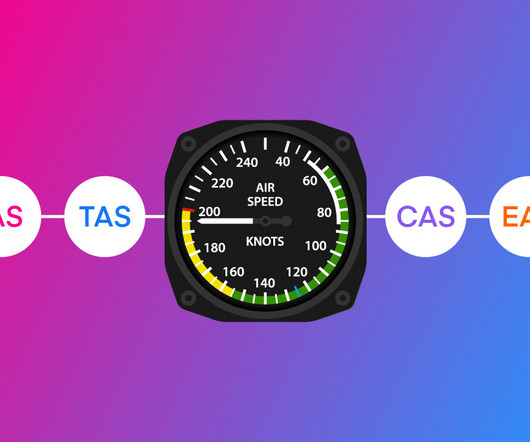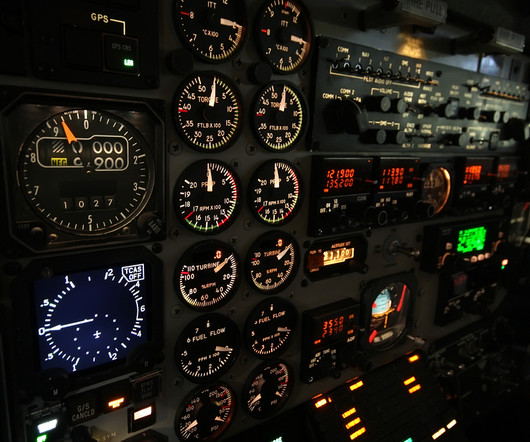4 Different Types of Airspeed: How to Calculate Each
Pilot Institute
JANUARY 21, 2025
Airspeed guides everything from takeoff to landing and every phase in between. But did you know there are several types of airspeed, each serving a unique purpose? Like Indicated Airspeed (IAS) , Calibrated Airspeed (CAS) , True Airspeed (TAS) , and more! What Are The Different Types of Airspeed?












Let's personalize your content